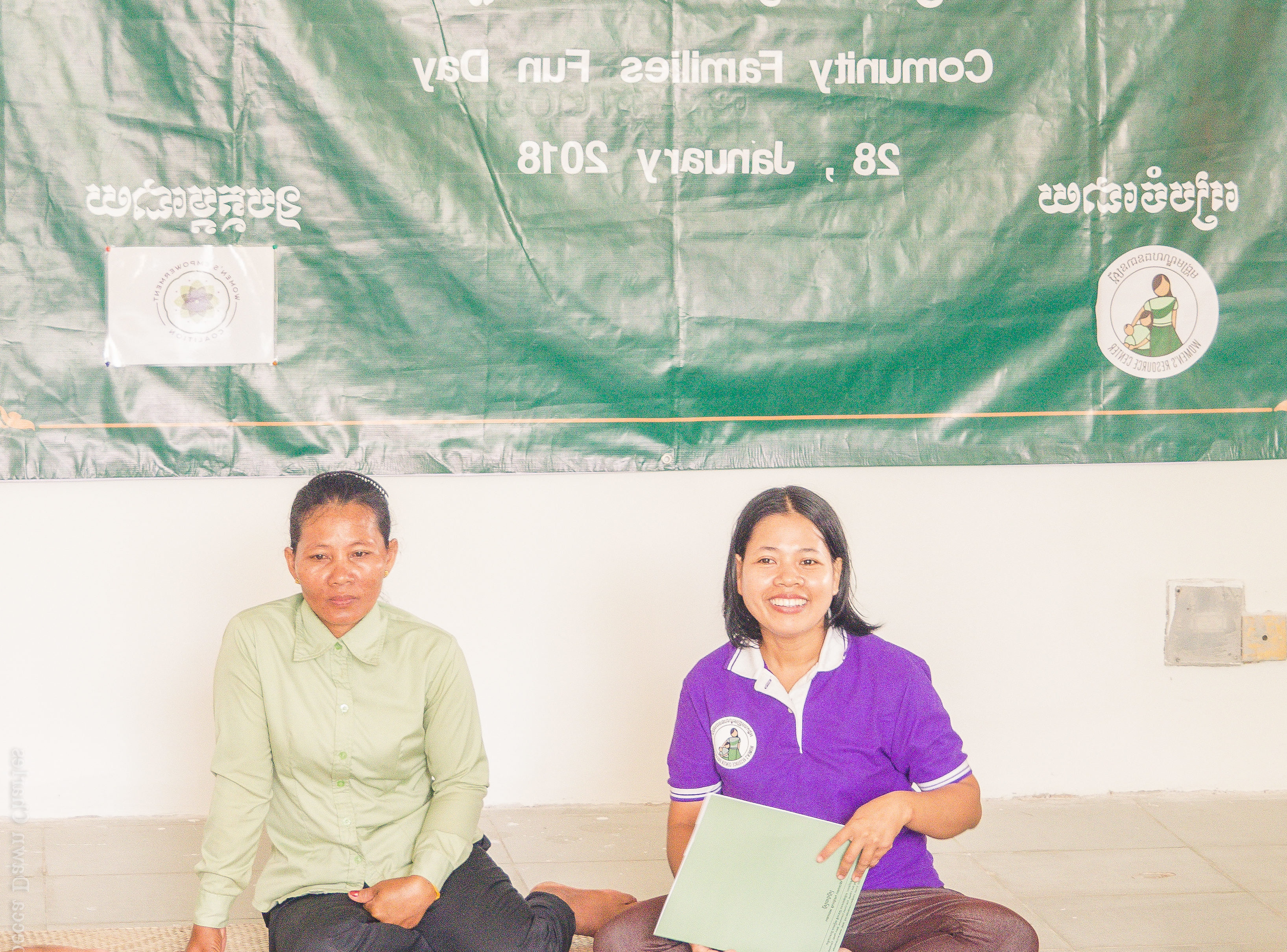*This is Part One of a three-part series dedicated to deconstructing data, measuring women’s empowerment, and understanding risk/reward when merging for-profit and nonprofit practices.
Landscape Metrics
Metrics are tools we can use to drive accountability. They shine light in neglected corners on hidden or underrepresented issues, and can build arguments for cross-sector collaboration. In terms of landscape analyses, these figures lay the foundation for gender equity programs because they help us understand where we are.
For example, recent research from Project Drawdown – an initiative that outlines the leading approaches to solving climate change – offers insight into how empowering women reduces greenhouse gas emissions. Of the ranked solutions (80 total), the number six and seven were educating girls and reproductive health, respectively. When combined, their findings suggest these two solutions are the number one way we can fight the effects of global warming. Research like this fuels our work to challenge unjust laws, traditions, and mindsets, and has the ability to produce transparency and progress for social change and development.
A recent Gender Index Report conducted by Equal Measures 2030 likewise gives us noteworthy statistics to consider. One especially salient aspect of this report is that it included opinions from different stakeholder groups from aid workers to on-the-ground community leaders. Unsurprisingly, overall they found much remains to be done in order to reach the Sustainable Development Goal for gender equality (SDG 5) by 2030 in terms of policy accountability and follow through. The good news is there is some cause to celebrate; the bad news is we’re still far off schedule in achieving global gender parity; and the hopeful news is there’s plenty of dedicated people working to find ways to bridge the two. Unequivocally, those dedicated people will need greater support. Here are our chosen highlights:
The Good:
- The number of women dying in childbirth is down by 44% since 1990
- Around 1.1 billion people moved out of extreme poverty between 1990 and 2018
- The percentage of girls who dropped out of secondary school decreased from 28% to 16%
The Bad:
- 16 million girls between the ages of 15 to 19 give birth every year
- In 2015 women accounted for 60% of chronically hungry people worldwide
- Globally women earn an average of 60-75% of men’s wages
- Women perform 75% of the world’s unpaid household and care work
- Of all the wealth generated in 2017, 82% went to the richest 1% of the world’s population
The Solutions:
- If 100% of girls completed secondary education, child, early, and forced marriages would fall by two thirds
- One additional year in school can increase a woman’s earnings by 10-20%
- Greater gender equality through education and economic empowerment could add up to $12 trillion (11%) to global GDP

Almost 50% of gender advocates surveyed reported they felt gender equality has neither improved or worsened, but rather has rather remained static for the past five years. If we really want to get serious about making SDG 5 a reality, we will need to listen to the people on the frontline who are fighting for global gender equality. Advocates outlined the three leading priorities as:
- Reducing gender-based violence
- Greater access to sexual and reproductive health/rights, and
- Economic empowerment/ financial inclusion (with education following closely behind)
This data indicates that, worldwide, there needs to be a focus on respecting women’s voices, involving women in critical decision-making, and empowering women through financial independence. This empowerment is rooted in promoting agency and a sense of control, and in providing space for women to make their own strategic life choices. We have to enable women and girls to have a future that allows them to break barriers to their success: both external and internal. We do this by investing in the infrastructure of communities and community members, through support systems that create channels for lasting success.
What Does It Mean?
Research like the Gender Index Report gives us an understanding of where to begin solving problems; and these metrics are incredibly useful to have as a starting point. At a basic level, findings indicate a gap in what we know and what we do with that knowledge. This means we will need to re-evaluate how we approach development problems, which ties in to the expectations placed upon nonprofits working to solve them.
There must be a way of understanding what organizations do and how they add value for their communities; but it is erroneous to assume the best way to do this is through consolidating programs into easily digestible numbers. Overworked, smaller nonprofits should not have to choose between organizing program data for impact reports (often required by prospective funders) and in carrying out the important work they do day in, day out – the relational work we often forget to give equal weight to. It is a taxing process for organizations to distill their value in the midst of offering it.
Should this be an added burden to the organizations, or should funders work to meet these organizations – those that are doing valuable work for their constituencies – closer to where they are? Expectations around monitoring gender equity programs will need to evolve in order to more accurately reflect what advocates and practitioners embedded in their communities already know and do. Evaluative procedures should build on this knowledge from the ground up instead of informing them from the top down.
In this sense, there are two distinct kinds of metrics: the first kind is research that gives us an idea of the scope of the problem, and the second is data on how effective our approaches are in solving those problems. In some ways, the latter can be understood as a form of translating. As between two people who speak different languages, there is an ambiguous zone between the value smaller organizations bring to their communities (specific to those communities) and the development world’s understanding of that value (primarily those in charge of distributing resources). The obligation to translate that value tends to fall on organizations, which are obviously the under-resourced of the two. At the very least, these practices should be revised to be a meeting in the middle.
In Part Two of this series, we’ll explore ways in which monitoring and evaluating can be achieved in a more holistic, ethical manner.
